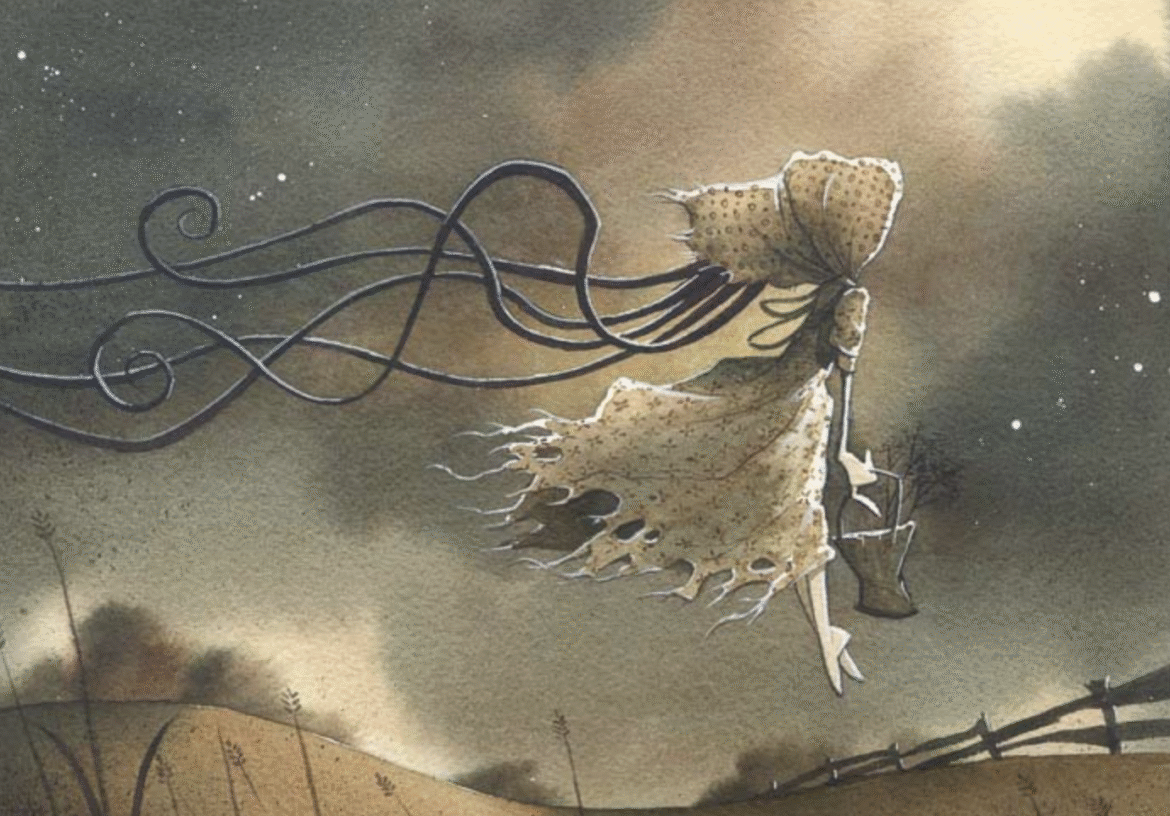“Reality is often too small for the vastness of the human soul so the mind builds another one.”
1. The Architecture of the Inner World
Every human being lives in two worlds, the external world of facts, and the internal world of meaning. We build the second world because the first one rarely feels enough.
The mind, with its infinite imagination, becomes an architect of refuge. It sketches landscapes where love is safe, where pain makes sense, where control returns to our trembling hands.
Psychologically, this is a survival mechanism.
Philosophically, it is creation itself, the same impulse that made God dream galaxies into being, mirrored in the human heart that dreams of peace within chaos.
2. The Psychology of Inner Construction
When the outer world feels unpredictable, unsafe, or disappointing, the psyche creates an inner one to restore balance. This isn’t madness, it’s the intelligence of adaptation.
Children who grew up without emotional safety often retreat into imagination to regulate overwhelming feelings. Fantasy becomes their first form of therapy, a realm where they can script what reality denied them.
Even adults continue this pattern, through idealized love stories, mental rehearsals of future success, or imagined reconciliations with people who’ve hurt them.
Each inner story serves a psychological purpose:
- To soothe anxiety (safety)
- To make sense of pain (meaning)
- To hold hope when reality feels rigid (possibility)
Thus, the inner world is not escapism at first, it’s emotional architecture for survival.
3. The Philosophical Dimension: The Mind as a Creative Cosmos
Philosophically, the act of inner world-building reveals something profound: We are creators by nature.
The Upaniṣads say, “As is your thought, so is your world.”
Plato’s Allegory of the Cave hinted at the same, that most people live not in reality itself, but in shadows of their own projections.
Buddha went further: “With our thoughts, we make the world.”
Your inner world is a projection field not an illusion to destroy, but a mirror to understand. The images inside you are not random; they are symbols of your consciousness.
The lover you imagine may represent your yearning for unity. The perfect world you dream of may represent the soul’s memory of freedom. Even your fears create inner worlds, realms of vigilance to keep you safe.
So in truth, to create an inner world is not delusion, it is the soul’s dialogue with itself.
4. When the Inner World Becomes a Prison
Yet the same imagination that protects can also imprison. When we retreat too deeply into fantasy, we begin to prefer illusion over intimacy.
- We idealize people who are unavailable because they can’t hurt us inside our head.
- We plan future lives instead of feeling this moment.
- We narrate, analyze, and romanticize reality until it loses its rawness.
This is when imagination turns into avoidance. The inner world becomes not a temple of meaning, but a cage of perfection where nothing is allowed to be human.
Psychologically, this can manifest as dissociation, daydream addiction, or maladaptive escapism. Spiritually, it is the ego’s way of saying, “I’d rather dream than feel.”
5. The Wisdom of Integration: When Imagination Serves Awareness
The goal is not to destroy your inner world, it’s to bring consciousness into it. To ask: Why did I build this? What truth does it hold about me?
When awareness enters imagination, fantasy becomes art, story, philosophy, and healing. When awareness is absent, imagination becomes illusion, denial, and longing.
Your inner world can be your most sacred ally, if you learn to walk its halls with light.
To integrate means:
- Letting your imagined self teach your real self what it longs for.
- Using your inner world as a bridge, not a wall.
- Seeing that every dream is a coded message from your deeper being.
6. The Spiritual Meaning: The Universe Within
According to Vedānta, the external world is Māyā: the projection of Consciousness. Likewise, your inner world is your personal Māyā: a reflection of how the Infinite expresses itself through you.
Every inner landscape, joy, sorrow, fantasy, fear is Brahman playing hide and seek through thought. The purpose is not to escape the dream, but to wake up within it. To realize: The world I create inside is not separate from the world outside; both arise in the same Awareness.
In that recognition, imagination ceases to be escape it becomes co-creation with existence.
7. Reflection Exercise: Meeting Your Inner Architect
Tonight, sit quietly and visualize your inner world. If it were a place, what would it look like? Who lives there? What emotions dominate its climate: peace, longing, fear, nostalgia?
Ask yourself:
- “What is this world protecting me from?”
- “What does it allow me to experience that real life does not?”
- “How can I bring the qualities of this world — love, beauty, wonder — into the outer one?”
Write down what you discover. You are not escaping reality, you are decoding it.


Leave a Reply